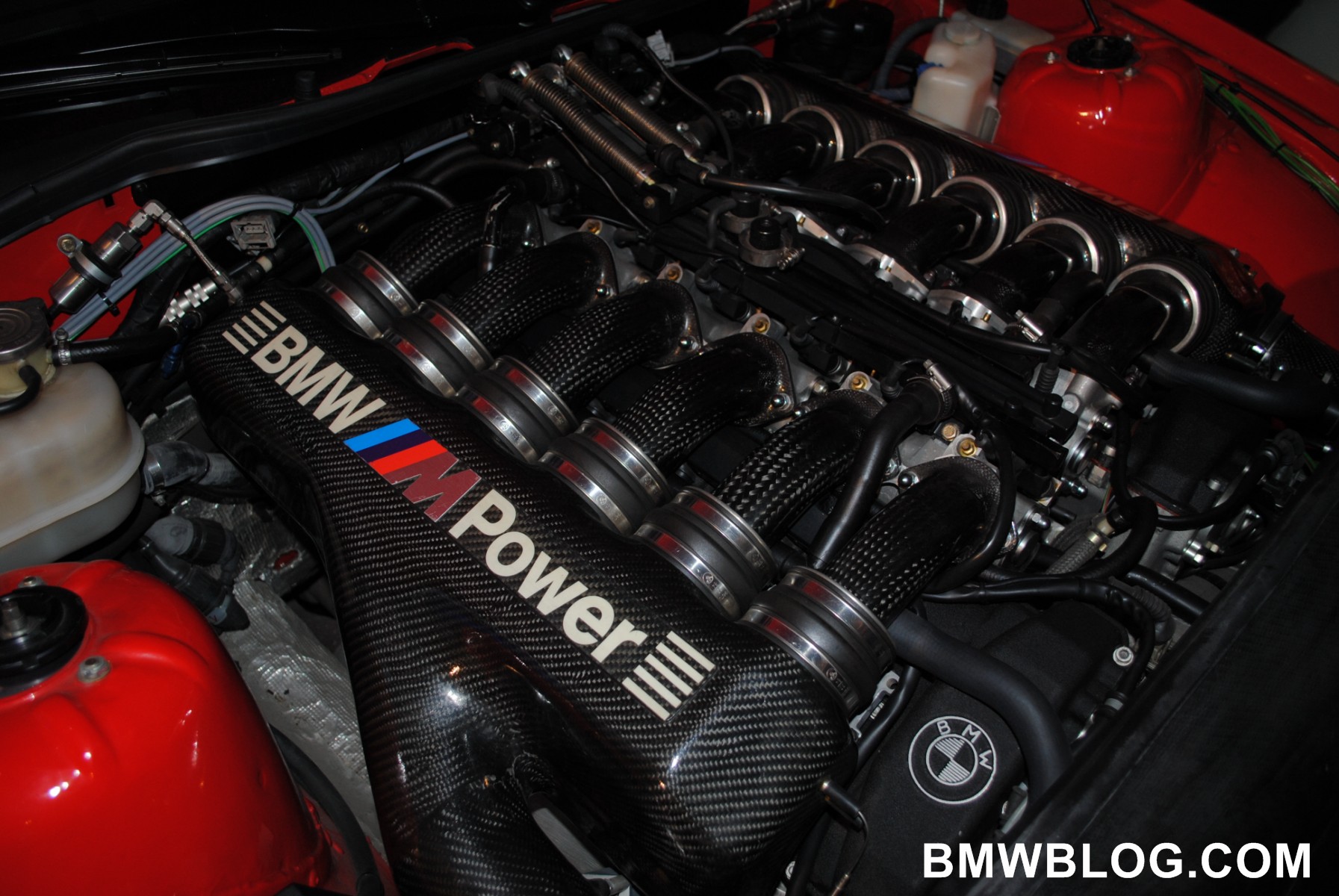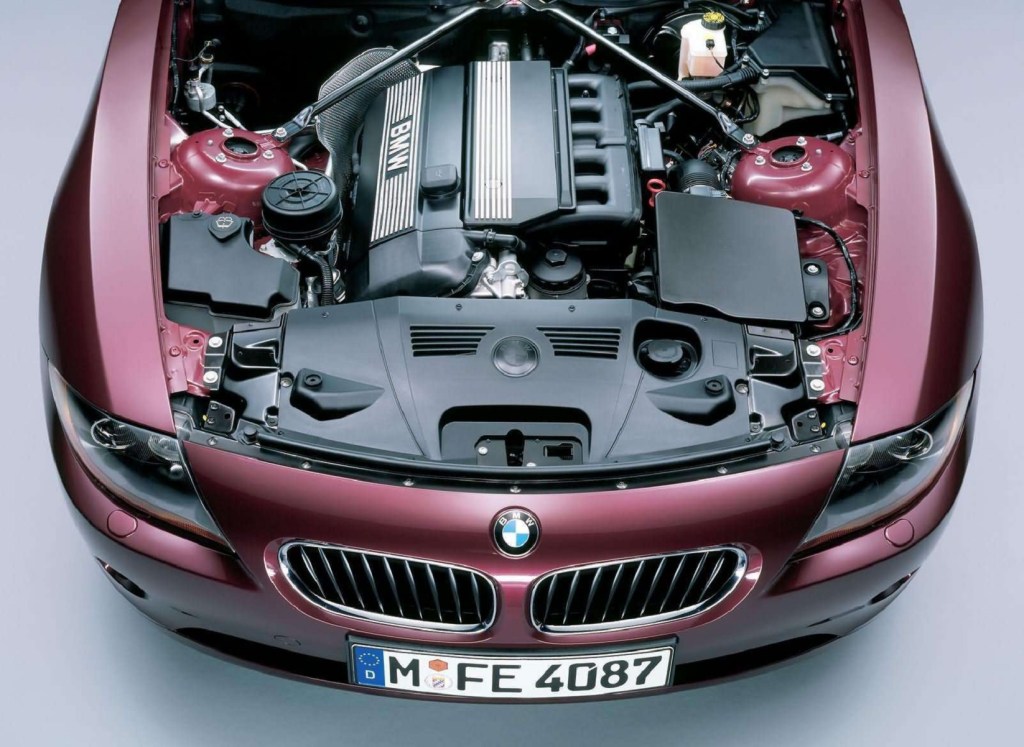Typical Issues Dealt With by BMW Engine Owners and How to Address Them
Typical Issues Dealt With by BMW Engine Owners and How to Address Them
Blog Article
Checking Out the Evolution of Combustion Engines in Modern Transport Systems
As we navigate the landscape of modern-day transportation, the development of combustion engines stands as a testament to human ingenuity and design prowess. The interplay of history, technology, and ecological issues in shaping the trajectory of combustion engines produces a story that is both compelling and informative.
Very Early Beginnings of Combustion Engines
Just how did the idea of burning engines very first emerge in the very early stages of transportation development? The roots of burning engines can be traced back to the 17th century when the principles of interior combustion were initial checked out.
The development moment included the creation of the first successful gasoline-powered engine by Karl Benz in 1885 - bmw engine. This engine led the way for the development of the contemporary automobile, changing transportation systems worldwide. Succeeding technologies by Nikolaus Otto and Gottlieb Daimler better improved burning engine innovation, resulting in the mass manufacturing of cars and the rapid expansion of the transport industry
These very early combustion engines were characterized by their simpleness and performance, laying the foundation for the complex and powerful engines made use of in modern transport systems. The evolution of combustion engines has actually contributed fit the method we travel and transfer products, marking a significant milestone in the history of transportation advancement.
Change to Internal Burning Modern Technology
The transition to inner burning technology marked an essential change in the advancement of transport systems. This change began in the late 19th century, with creators like Nikolaus Otto and Gottlieb Daimler developing the initial successful internal combustion engines. These engines transformed transportation by offering a more powerful and efficient choice to steam engines and electrical motors.
One of the crucial advantages of inner combustion engines was their capacity to be scaled down to match cars, leading to the advancement of vehicles and motorbikes. This shift from bulky, stationary engines to compact, mobile ones led the way for the modern-day transportation systems we see today.
The change to inner burning innovation additionally spurred improvements in gas technology, leading to the advancement of gasoline and diesel as key fuel resources for lorries. This shift not just made transportation much more obtainable to the masses yet also laid the structure for the oil and gas industry to come to be important to global economic situations.
Effect of Combustion Engines on Transportation
The adoption of burning engines in transport systems militarized an extensive change in the efficiency and rate of international wheelchair. Combustion engines transformed transport by supplying a versatile and reliable source of power for numerous lorries, consisting of cars and trucks, trucks, ships, and aircrafts. This development dramatically enhanced the ability for people and items to conform lengthy ranges in shorter amount of time, causing increased connection in between regions and countries.
In addition, the prevalent use burning engines has had a substantial influence on financial development. The ability to transport goods effectively has actually stimulated trade and commerce, enabling services to increase their markets and get to customers worldwide. This has promoted financial growth and globalization, as products can currently be delivered quicker and in bigger quantities than ever.
Nonetheless, the ecological influence of burning engines can not be forgotten. The combustion of nonrenewable fuel sources has actually caused air pollution and greenhouse gas emissions, adding to environment change and posing health threats to populaces. bmw engine. Therefore, there is a growing focus on developing alternative propulsion modern technologies to reduce these adverse impacts and develop a much more lasting future for transportation
Advancements in Combustion Engine Design
One noteworthy innovation is the growth of turbocharged engines, which make use of exhaust gases to drive a generator that presses incoming air, allowing for more gas to be burned, resulting in enhanced power result without from this source a considerable rise in engine dimension. Variable shutoff timing systems have actually additionally revolutionized engine style by optimizing air movement at different engine speeds, improving both power and effectiveness. These developments collectively contribute to the continuous renovation of combustion engines in modern-day transportation systems.
Future Fads in Burning Engine Advancement
With innovation developments driving continual innovation, the future of burning engine growth is positioned to revolutionize transport systems worldwide. Among the key patterns in burning engine growth is the press in the direction of higher performance and lowered emissions. Suppliers are investing heavily in research and development to enhance engine performance while fulfilling strict ecological regulations. This includes the assimilation of sophisticated fuel shot systems, enhanced turbocharging techniques, and the usage of light-weight materials to enhance fuel intake and lower carbon exhausts.
One more noticeable trend is the adoption of hybrid innovations in burning engines. Hybrid engines incorporate conventional combustion technology with electric power, offering improved fuel efficiency and reduced discharges. As the vehicle market shifts towards electrification, hybrid combustion engines are seen as a transitional solution that connects the space in between standard lorries and More Help fully electrical ones.
In addition, the combination of wise modern technologies, such as expert system and information analytics, is expected to play a substantial duty in the future of burning engine development. These modern technologies can optimize engine performance in real-time, causing much more effective combustion procedures and boosted general automobile performance. Accepting these future patterns will certainly not just drive innovation in burning engine development yet also contribute to an extra sustainable and ecologically friendly transportation environment.

Final Thought
To conclude, the development of combustion engines in modern transportation systems has been marked by significant improvements in innovation and style. From the very early starts of burning engines to the shift to internal burning technology, these engines have actually had an extensive effect on transportation. Developments in combustion engine style remain to drive progress in this field, with future fads focusing on further improving efficiency and minimizing emissions. The future of burning engines in transportation looks appealing as study and development efforts remain to push borders.
The roots of combustion engines can be traced back to the 17th century when the principles of interior burning were first checked out. These engines revolutionized transport by offering a more reliable and powerful option to steam engines and electrical motors.

Report this page